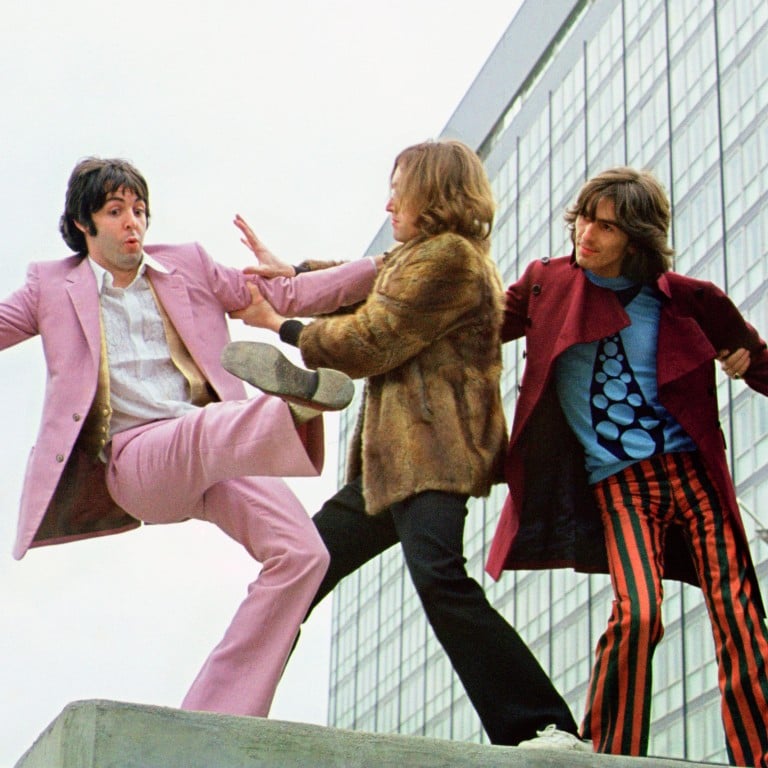Fashioning The Beatles: Deirdre Kelly’s Fab Four book chronicles John, Paul, George and Ringo’s lasting influence on style – from BTS’ matching suits to Lennon-inspired Tom Ford sunglasses

- Deirdre Kelly’s Fashioning The Beatles: The Looks that Shook the World is a year-by-year account of the Fab Four’s style journey – from leather-clad upstarts to flower-power figureheads
- From Nigo’s White Album-inspired Kenzo collection to Tom Ford’s John Lennon-esque shades and the matching looks of every K-pop boy band, the Fab Four’s influence on style in still evident everywhere
A decade ago, newspaper journalist and author Deirdre Kelly was having coffee with her husband, discussing what her next book project should be.
“He said, ‘It’s got to be about The Beatles,’” Kelly recalled. “He knew I was obsessed with them. And then I started thinking, ‘What would I ever write about them … unless it was on their fashion?’ It was an epiphany.’”

The result is Fashioning The Beatles: The Looks that Shook the World, a book that examines the profound impact the Beatles had not just on pop culture over the decades, but how the way they dressed has inspired people ever since.

“Their clothing became their biography,” says Kelly. “It mirrored their artistic evolution and the maverick spirit of this brand, their curiosity, their no-bullshit approach to life, to culture, to music. They were very astute and ambitious guys, they surveyed the competition, they determined at the start, they weren’t going to be like anybody else.”
As the book tells their story, the world-conquering quartet first really connected because they loved the way one another looked.

“The whole point is, there really wouldn’t be any Beatles if they didn’t jive on each other’s looks first,” she says. “That’s how they got together. They couldn’t really play or read music. But when Paul [McCartney] first laid eyes on John [Lennon] and Ringo [Starr], he thought, ‘I like that cool-guy look.’
“It was a little menacing. They were all about the clothing, and each one innately had a connection to style and fashion. All throughout their career together, they influenced each other with their clothing. They wore each other’s clothes. They wanted to dress alike. They wanted to have that bond of fashion.”

The opening of the book is rooted in 1967, the day before The Beatles unveiled their Sgt. Pepper’s Lonely Hearts Club Band, arriving at an outdoor photo session in London’s Hyde Park “colourfully and eclectically dressed”.